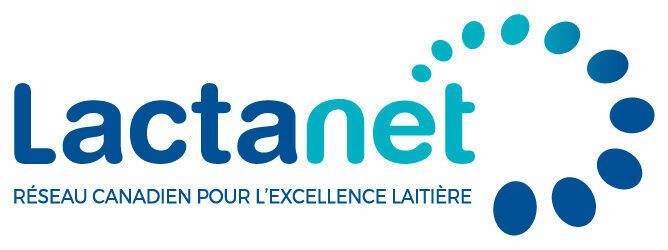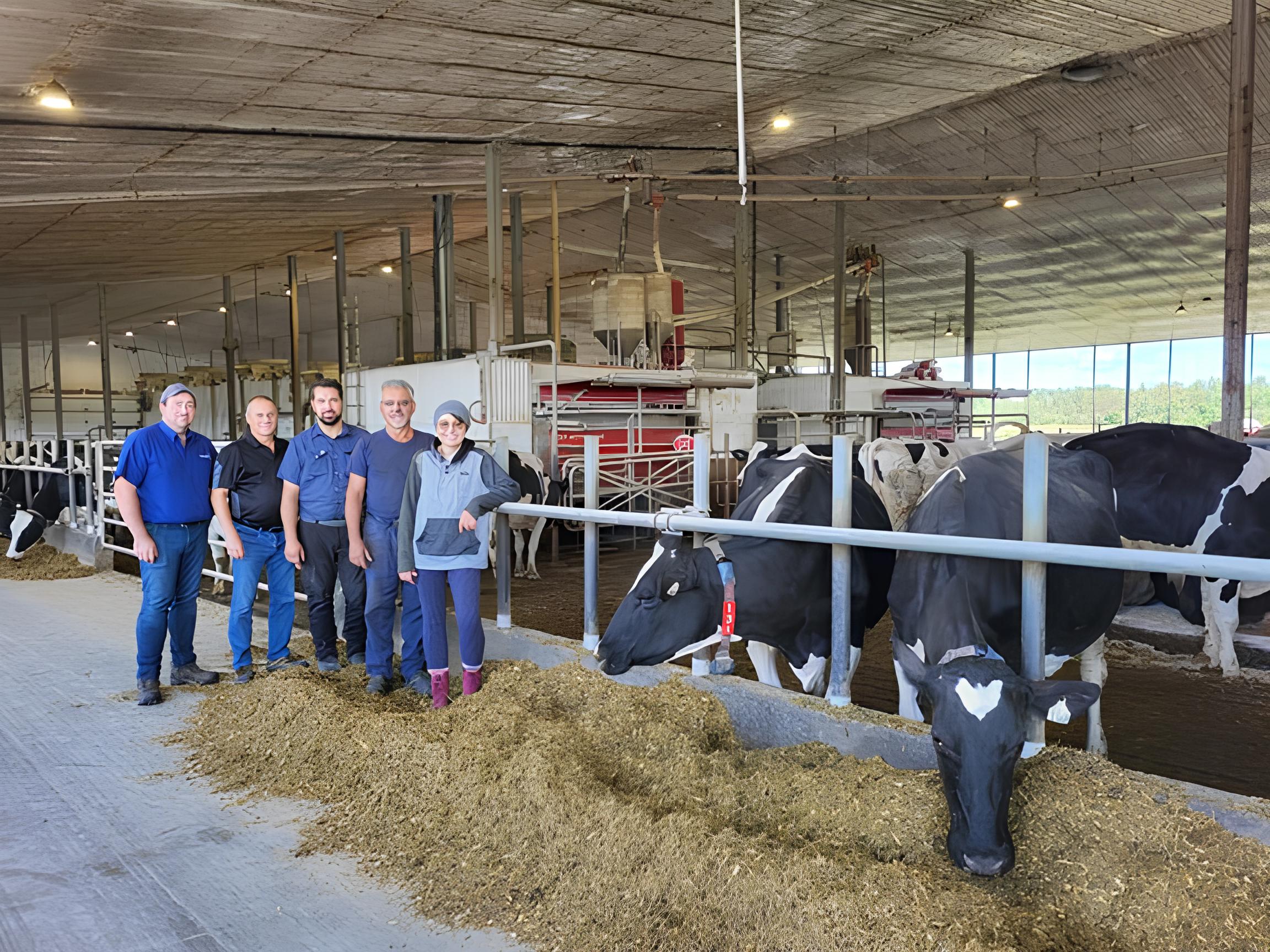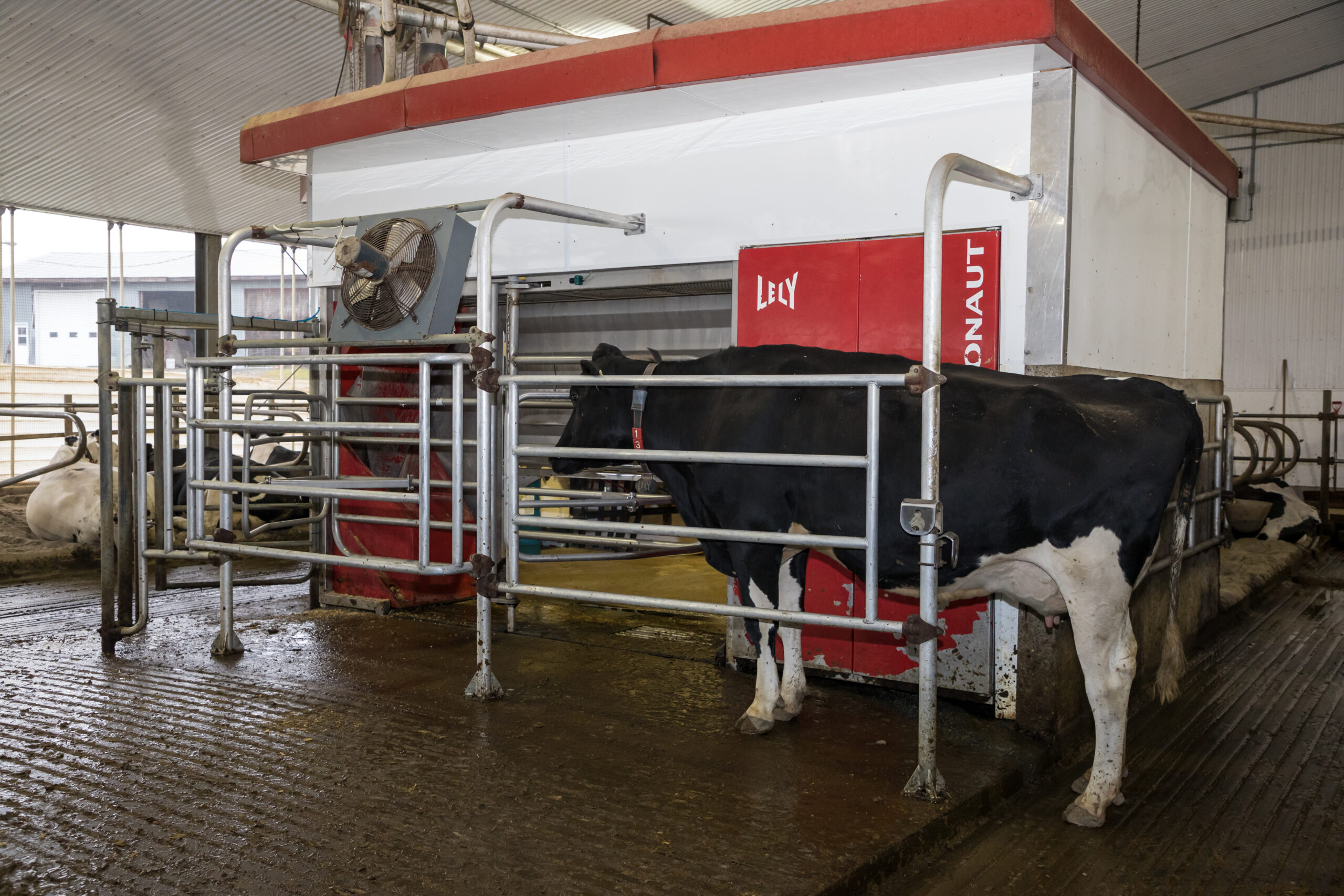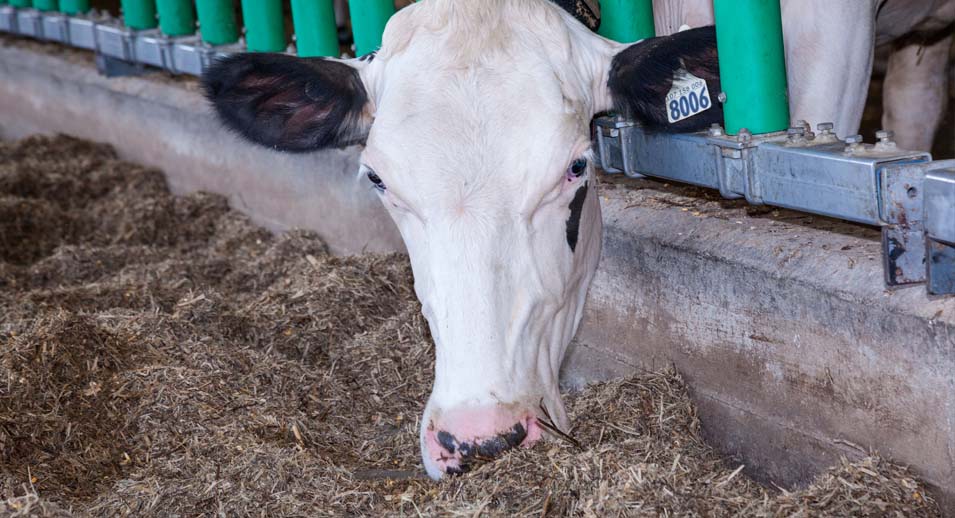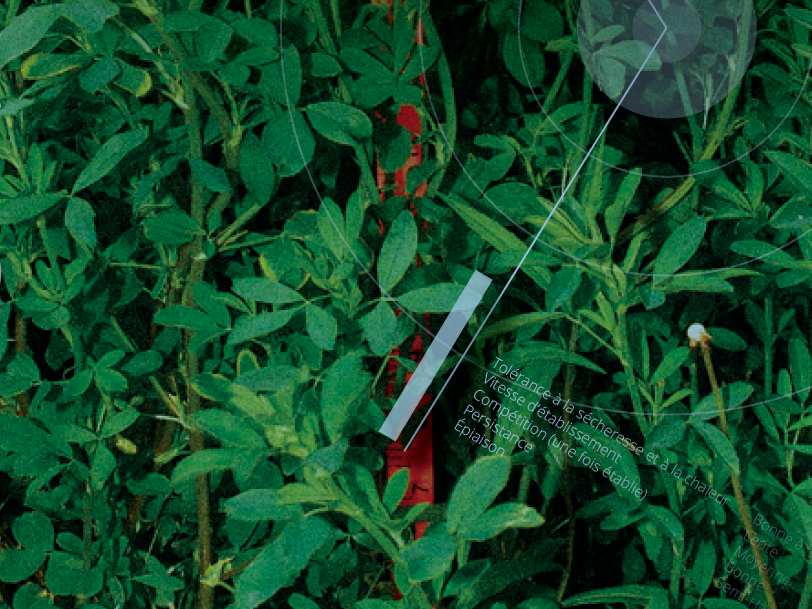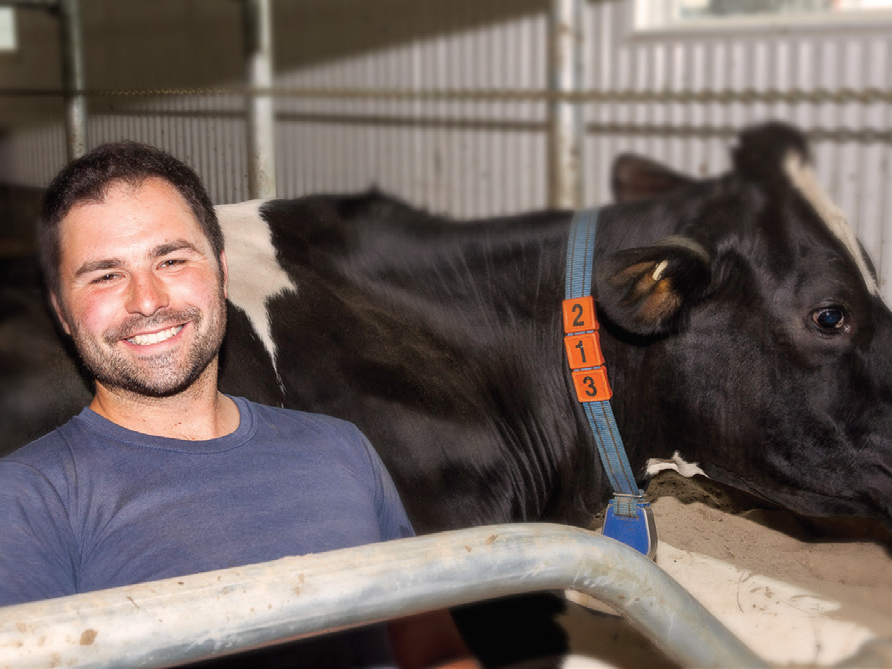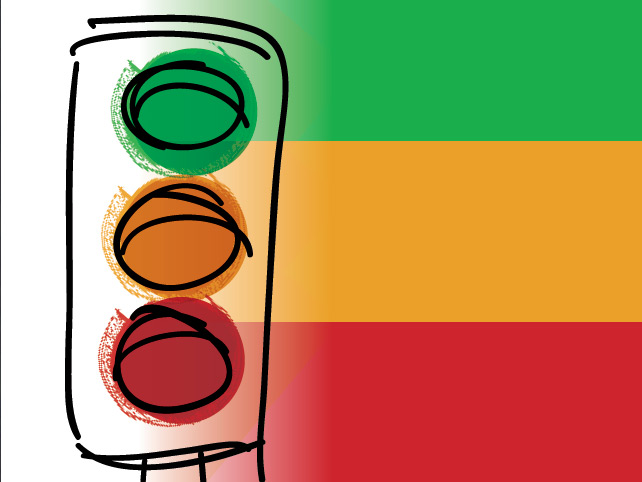Concentrates at the Robot: Two is good, but three is better!
- December 15, 2020
There are different feeding strategies for robot milking. Dairy producers often ask if there is an advantage to using several different concentrates in the robot. And if so, what is the ideal number?
A preliminary report published by the University of Minnesota in 2019 demonstrated the advantage of using three concentrates in the robot instead of one or two. It found that cows produce an average of 36.0 kg of milk with one concentrate in the robot, 36.6 kg with two concentrates and 39.0 kg with three concentrates (Peiter et al., 2019).
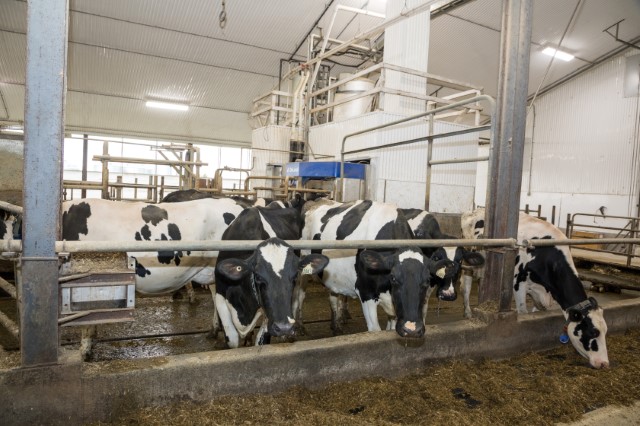
A Similar Reality in Canada?
Table 1. Influence of the Number of Concentrates at the Robot on Milk Production and Components
| Number of Concentrates at the Robot | Number of Herds | Milk 12 months (kg) | Fat Test (%) | Protein Test (%) |
|---|---|---|---|---|
| Average | 62 | 10,454 | 4.01 | 3.37 |
| 1 | 6 | 9,635 | 4.24 | 3.44 |
| 2 | 27 | 10,203 | 3.93 | 3.33 |
| 3 | 23 | 10,773 | 4.07 | 3.40 |
| 4 | 6 | 11,173 | 3.96 | 3.33 |
More Milk with Targeted Feeds
We wanted to see what type of concentrates offer more significant results. By studying the different concentrates that were used by each farm, we observed that many used feeds that were specifically intended for their cows at the start of lactation. We isolated this practice from among the data set in order to evaluate whether the results were conclusive.
Table 2. Influence of the Strategy Used at the Start of Lactation on Milk Production and Components
| Type of Concentrates at the Start of Lactation | Numbre of Herds | Milk 12 monts (kg) | Fat Test (%) | Protein Test (%) | Transition Cow Index (yearly average) |
|---|---|---|---|---|---|
| Average | 62 | 10,454 | 4.01 | 3.37 | 473 |
| Do not use concentrates with glycerol or high in energy | 32 | 10,109 | 3.97 | 3.37 | 378 |
| Do not use concentrates with glycerol or high in energy | 30 | 10,821 | 4.05 | 3.37 | 577 |
Ketosis and Robot Milking

